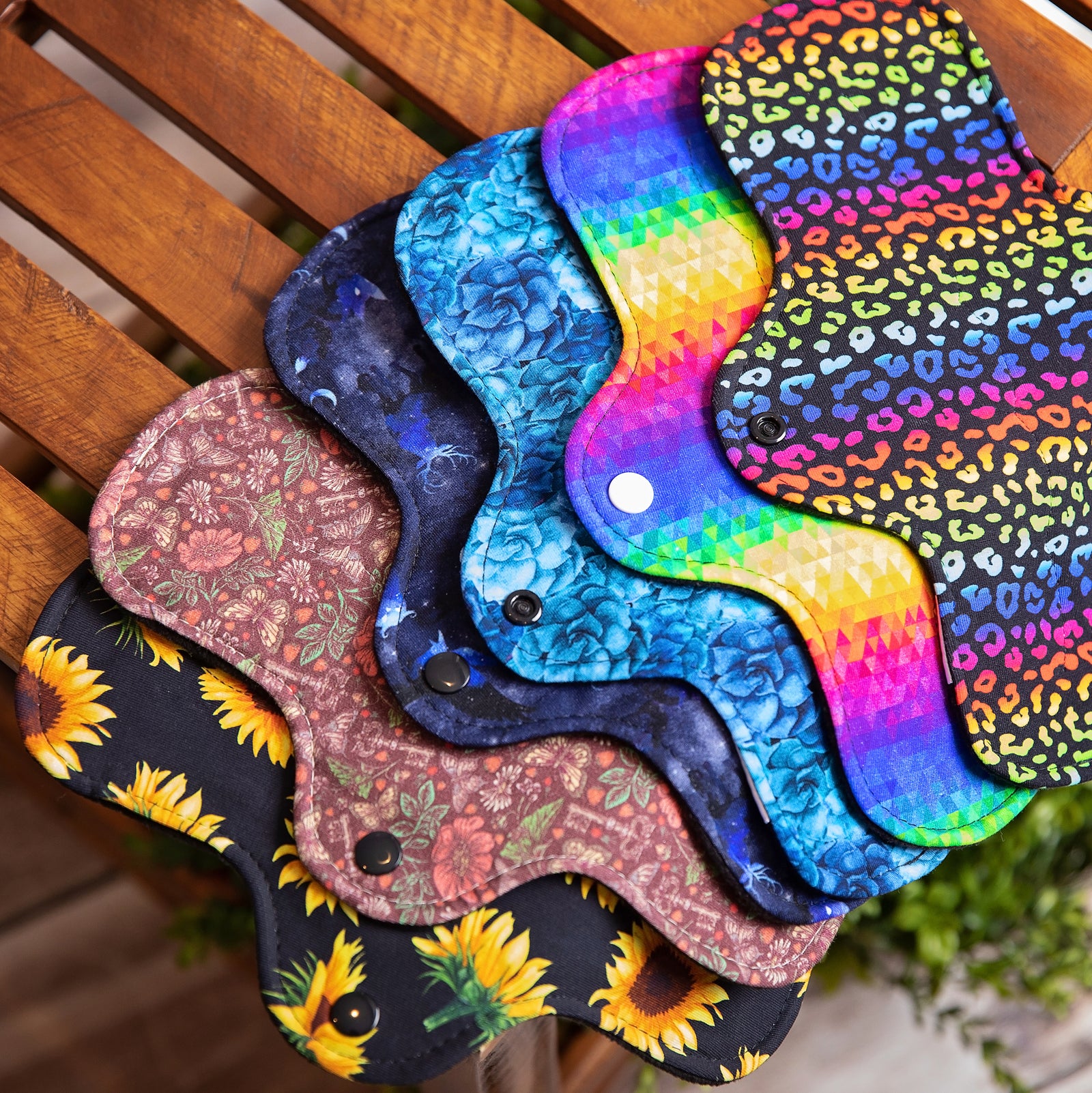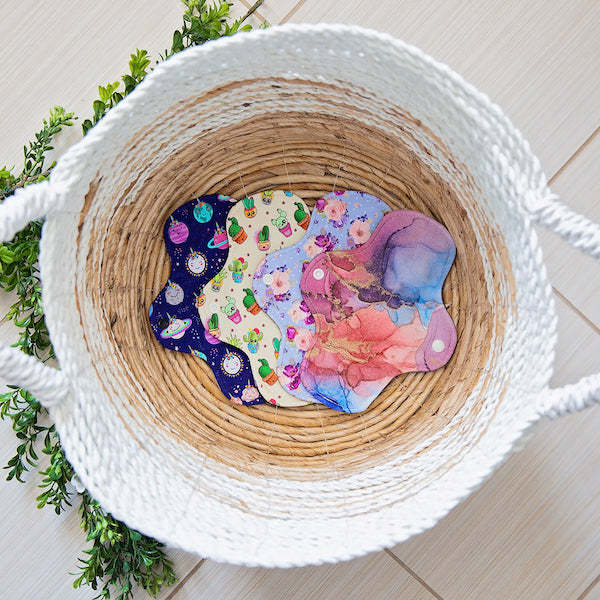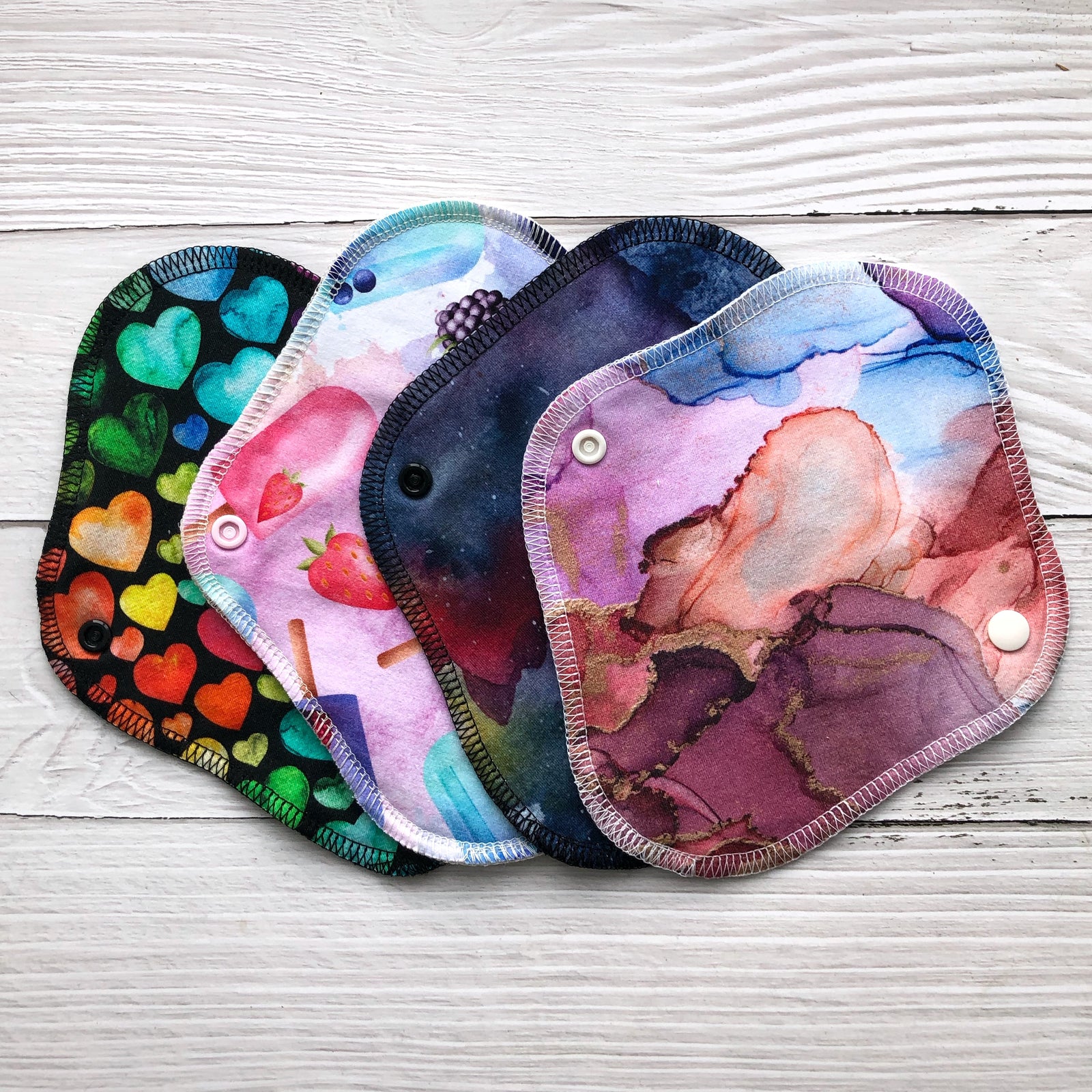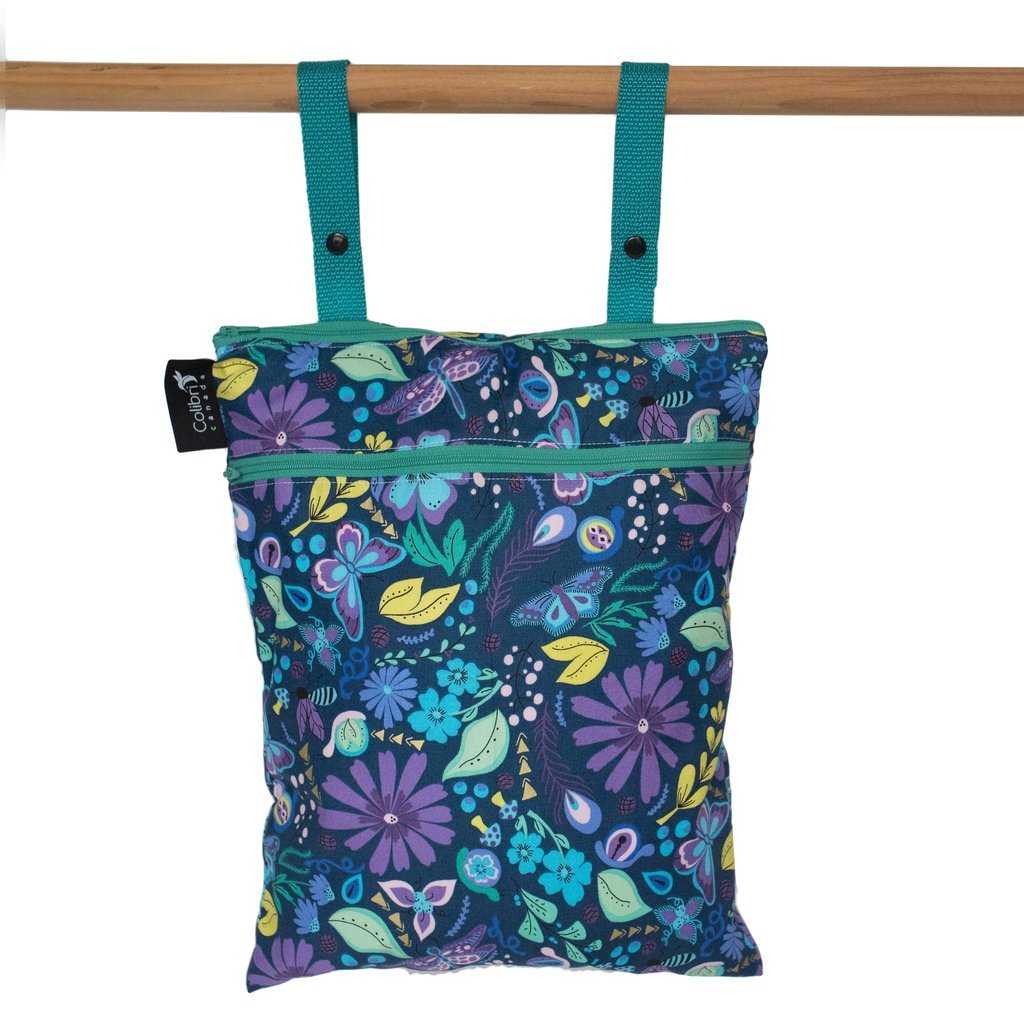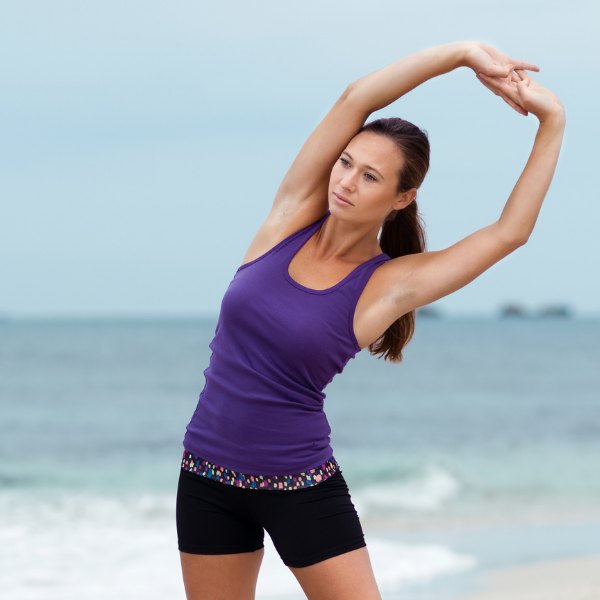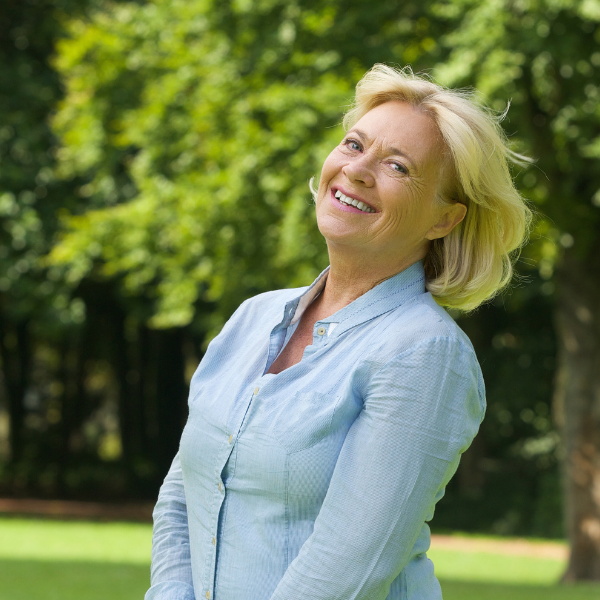Travelling with incontinence can be challenging, to say the least. Being on vacation generally involves being away from your hotel all day and going from place-to-place. Not to mention, getting to your destination involves long car or plane rides that can restrict your bathroom breaks. If you’re travelling with a group, accidents can be embarrassing and awkward.

Packing bulky disposable incontinence protection is another reality of travelling with incontinence. When space is at a premium, fitting a 2-week supply in your baggage can be impossible. All these challenges combined can cause one to avoid travelling altogether. You may have given up on travel a long time ago.
We’re here to tell you that with a bit of preparation, it is possible to enjoy travelling with incontinence. Washable heavy incontinence pads can be the key to a blissful, stress-free vacation when paired with a bit of self-compassion and preparation. First, let’s take a closer look at incontinence and answer a few common questions.
What is urinary incontinence, and what causes it?
Urinary incontinence is the involuntary leaking of urine due to weakened pelvic floor muscles. Many experience it differently, and leakage can range from mild to severe. Urinary incontinence affects about 10% of the population, which in Canada, represents about 3.5 million people. There are two main types of urinary incontinence: “stress”, and “urge”. Stress incontinence is when urination is brought on suddenly by a physical stressor, such as a cough, sneeze, or laugh. Urge incontinence is the sudden urge to urinate, and sufferers struggle to get to the bathroom in time.
Urinary incontinence is mainly a result of pregnancy. Elevated estrogen levels during pregnancy and the aftermath of vaginal birth can weaken the pelvic muscles. Incontinence can also be the result of a urinary tract infection. If your incontinence is accompanied by a burning sensation, a medical check-up is in order.
Will washable incontinence pads stink?
When it comes to odours, washable pads have an advantage over disposable incontinence pads and underwear. Our hypoallergenic incontinence pads are made of cotton spandex and Bamboo Organic Cotton Fleece. Not only do these natural materials prevent irritation and rashes, but they prevent odours.
The culprit of odours is the sheer amount of chemicals found in disposable pads. They contain all sorts of chemicals, fragrances and plastics that create odours once in contact with bodily fluids. Not only do these chemicals stink, but they’re also harmful. In a 2019 study, disposable pads were found to contain phthalates and VOCs. Both are linked to diseases such as cancer and Alzheimer’s, and are known to cause harm to reproductive organs.
To learn more about how to care for washable incontinence pads, check out our guide to using reusable pads for incontinence.
What if my incontinence is really severe? Will washable pads hold up?
If you have very severe or total incontinence, it is unlikely reusable pads will serve your needs. Washable pads are made to withstand light to moderate (and even heavy-moderate incontinence). If you experience partial bladder emptying, we suggest you start with the postpartum/super size, which holds up to 200 ml. Remember, the average bladder can hold a maximum of 500 mL. Assuming you’re not chugging liquids or avoiding bathroom breaks, these should withstand your needs. Our pads have a waterproof backing too, so there’s little-to-no risk of urine transferring to your clothes.
Are you thinking about taking that Euro trip after all? Travelling with incontinence doesn’t have to be a drag. Read on to find out how to have a worry-free trip.

5 ways to have a great trip while dealing with incontinence
Urinary incontinence happens as a result of weakened pelvic muscles. Strengthening with kegels two weeks ahead will get you off to a good start. Practise contracting the muscle you use to stop urine flow, and try to hold the contraction for 3 seconds. Follow that with 3 seconds relaxed. Try to do this 10-15 times, with 3 sets a day. For those who have trouble identifying these muscles, seeing a pelvic floor physical therapist can be beneficial.
You can also practise timed voiding, where you use the bathroom every hour, whether or not you need to go. Once you can handle that, you can begin gradually increasing your intervals, 15 minutes at a time. Timed voiding trains your brain to recognize when your bladder is actually full, not just bluffing.

Whether you’re doing a road trip or you’re on foot in a foreign town, locating the washrooms is essential. If you’re on the road, make a note of which exits on the highway will lead to washrooms. Don’t wait until the urge arises. Make a point of using the washroom once an hour, whether or not you need to go. There are tons of great toilet finding apps that you can download on your phone. Apps like Flush and Bathroom Scout are designed to help you find bathrooms worldwide.
Keep clean washable pads and a wet bag on hand so you can easily store dirty pads for cleaning later. In the event that you do have a big accident, wet bags are a life-saver. Our wet bags have a large waterproof opening that holds 4-6 pads, and a smaller outer opening for clean pads. If it fits in your day bag, bring along an extra pair of lightweight bottoms to change into.
Although coffee, tea, and alcohol can break up the monotony on a plane ride, avoid these beverages. Caffeine and alcohol are diuretics, meaning they make you produce more urine. They’re simultaneously dehydrating. Only drink water while travelling by plane or car, but only enough to avoid dehydration. Make a point of going to the washroom once an hour, whether or not you need to go. If you can, get an aisle seat for easier access to the washroom.
Travelling with incontinence is hard enough without the people around you acting unsympathetic to your needs. If your frequent bathroom breaks and anxiety are making your travel buddies impatient, maybe it’s time to make new friends! Make sure to only travel with non-judgemental people who will have empathy for you in a tough moment. If you feel you’ll be mortified in front of them in the event of an accident, be independent. Create your own itinerary for part of the day, and meet up with your friends later, in washroom-accessible places.

Restroom assured
Don’t let your fears stop you from achieving a fulfilling life. For many, travelling with incontinence brings on severe anxiety, leading to a long term sense of unfulfillment. In this case, talking to a cognitive behavioural therapist might be able to put you on track. It may not seem possible for you, but you can enjoy a very fulfilling life in spite of your incontinence.
Travelling with incontinence and need to stock up? Check out our heavy absorbency pads and our super absorbency pads for great coverage!
---
written by Leslie Armstrong, an energetic and engaging, Toronto-based sustainability copywriter; Leslie Armstrong Copywriting

